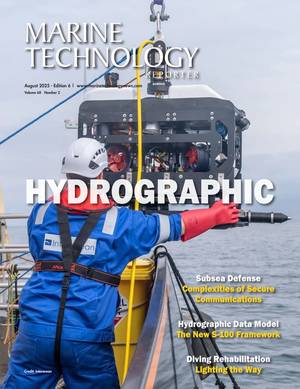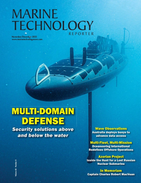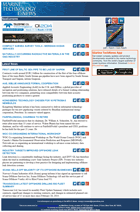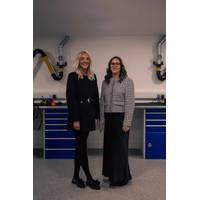
Subsea Supplies Targets US in Partnership with DRIFT Offshore
for its growing US customer base. This collaboration will provide customers across the region with faster access to Burton subsea connectors and cable assemblies, combined with DRIFT Offshore’s technical expertise from its base in Florida.The partnership represents a joint $250,000 investment in machinery, tooling, stock, and test equipment to support expanded operations. By providing local stock availability and faster response times, it will reduce downtime and enhance supply-chain reliability across the energy sector.DRIFT Offshore’s 5,000 sq ft repair and engineering facility in South
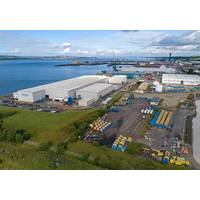
Oceaneering Awarded Funding for Rosyth Cable Manufacturing Facility
offshore wind dynamic cable qualification projects.The immediate project will make use of existing manufacturing equipment at the Rosyth facility for the initial phase of research and development. Once the product has been designed and certified, Oceaneering aims to invest in new equipment and machinery for added project capacity.Suzanne Sosna, Director for Energy Transition, SE, commented: “Scotland is the windbreak of Europe and perfectly positioned to accelerate the energy transition and maximize its economic benefits. SE’s vision is for Scotland to be viewed around the world as
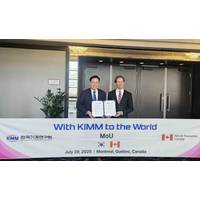
KIMM, Natural Resources Canada Sign MoU on Clean Technology Cooperation
The Korea Institute of Machinery and Materials (KIMM), under the National Research Council of Science & Technology (NST), signed a Memorandum of Understanding (MoU) with Natural Resources Canada (NRC) to establish a new platform for international collaboration in sustainable resource technologies and support the strategic expansion of KIMM’s global R&D network.The MoU outlines collaboration in the following areas:Joint research on ammonia recovery and removal technologies,Information exchange on battery material recovery and industrial waste treatment, andOrganization of joint workshops
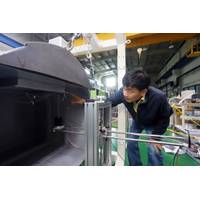
KIMM Cracks the Code for Underwater Radiated Noise Prediction
Researchers in South Korea at the Korea Institute of Machinery and Materials (KIMM) have reportedly developed a hull-attached sensor-based system for predicting underwater radiated noise (URN), a key factor in naval stealth operations.KIMM Develops First Hull-Attached Sensor System for Predicting Underwater Radiated NoiseNew algorithm predicts underwater noise in real timeBoosts naval stealth and operational efficiencyThe new technology allows real-time monitoring of underwater noise levels generated by naval vessels, enabling early detection of abnormal vibrations and improving operational efficiency
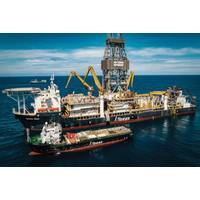
Trump Order Fast Tracks Subsea Mining
critical minerals and is not meant to imply the administration believes the nodules contain neodymium and the 16 other rare earths, the administration official said.(Reporting by Jarrett Renshaw and Ernest Scheyder; Editing by Aidan Lewis and Daniel Wallis)Send in the Machines! SMD developed the mining machinery planned for the Solwari 1 sulfides project.Image courtesy of SM
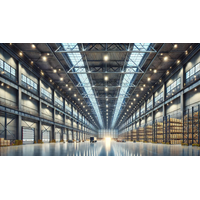
Novielli Boats Unveils Plans for New Production Facility
plant in Nuevo León, Mexico, occupying 120,000 square feet. This region offers valuable advantages, including a robust transportation system and a deep pool of skilled workers, not to mention access to important trade routes. The substantial space enables Novielli to invest in top-of-the-line machinery and adopt efficient workflows, driving output higher while preserving the precise craftsmanship that boaters have come to rely on.Core operations at Novielli bring together composite specialists, engineers, assembly line teams, and quality control experts—an integrated approach that will
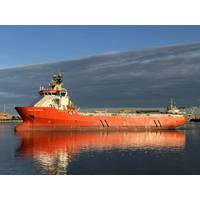
Geoquip Marine Adds Retrofitted Vessel to Its Geotechnical Fleet
site investigations in a range of sea states.Once the upgrade is complete, the Geoquip Silvretta will mobilize for a project in northern Europe, Geoquip Marine said.The Geoquip fleet’s newest addition, was built as a DP2 vessel and no changes are planned to the propulsion, main components or machinery.However, Green Yard will work with the vessel’s original designer, Marin Teknikk, to customize the interior for Geoquip’s global projects.These upgrades will include installing a moonpool, moving and adding cranes, extending the shelter deck, increasing office and meeting space, and
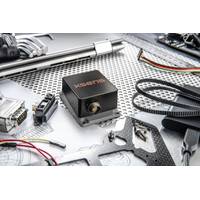
Movella Launches new Xsens Inertial Sensor
navigation for diverse robotic applications, including indoor mobile robots (AMRs/AGVs) operating in dynamic environments and Outdoor Mobile Robots navigating through rough terrain.Precision Agriculture: Delivering accurate 3D orientation data for navigating and controlling autonomous agriculture machinery and smaller mobile robotics.3D Digital Mapping and Surveying: Supporting high-fidelity data capture and georeferencing for aerial, terrestrial, and subsea bathymetry mapping, enabling the creation of accurate and detailed maps and 3D models with e.g. Sonar, LIDAR and camera systems
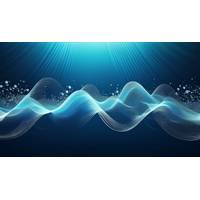
Underwater Radiated Noise and Ocean Health
noise originates from various sources, with cavitation from propellers being the most significant contributor. Cavitation occurs when water vapor bubbles form and collapse near the propeller blades due to pressure changes, releasing energy in the form of sound. This constant hum of cavitation and other machinery adds to the ambient noise in the ocean, contributing to a long-term increase in sound levels.Since the 1930s, studies have indicated that URN levels have risen by an average of three decibels per decade, largely driven by shipping activities. This steady increase disrupts the natural acoustic environmen
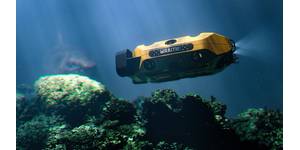
 August 2025
August 2025
